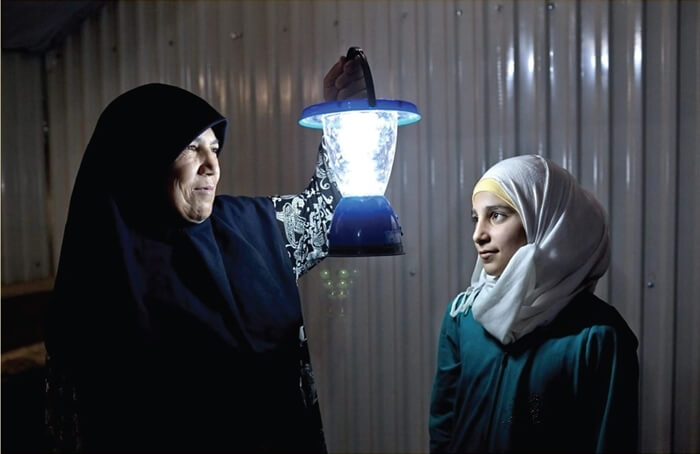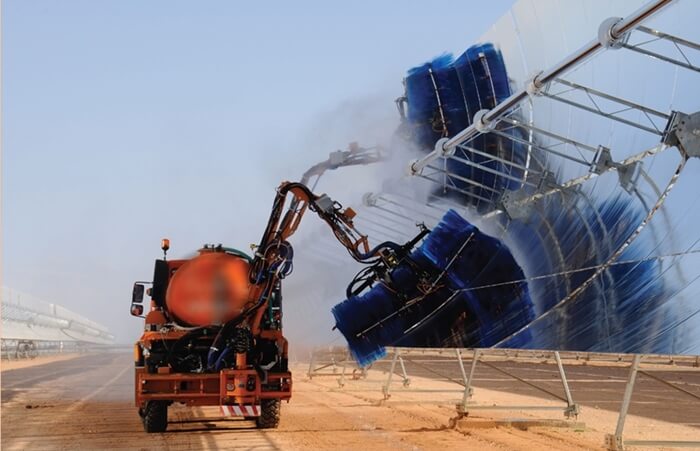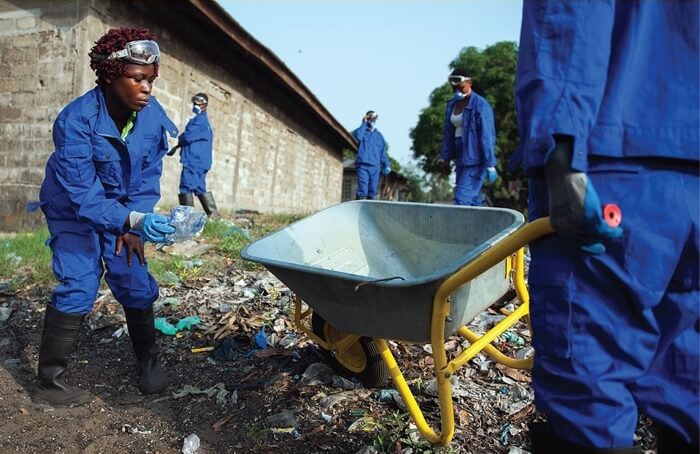Excerpt from oilprice.com/Energy/
Three years after Hurricane Dorian slammed into the Bahamas, some of the island nation’s cities are still running entirely on generators. When the Category 5 storm crashed into the low-lying islands in 2019, it destroyed power substations and leveled essential power infrastructure like utility poles in a number of small islands. Much of this destruction looks the same now as it did then.
According to CBS, “Total damage and loss from Dorian is estimated at $3.4 billion [USD].” As of 2020, the gross domestic product for the entire nation was $11.25 billion USD, partially explaining why parts of the Bahamas are still without electricity three years after the storm. And then there’s the question of how to rebuild. What kind of investments should be made to rebuild the hurricane-ravaged infrastructure that’s virtually guaranteed to be hit hard by hurricanes again – and again, and again.
The Bahamas are located smack dab in the middle of what is now being referred to as “Hurricane Alley,” a region of warm water stretching between North Africa and North and Central America. The waters of this part of the Atlantic Ocean have warmed over the past decades, causing hurricanes in the region to become more frequent and more intense. And as global warming continues to warm the oceans, this effect will only become increasingly amplified, posing a major threat to nations like the Bahamas.
In response to the challenge of rebuilding after the devastation of Hurricane Dorian, as well as the enormity of the challenge posed by climate change, the Bahamas has decided not to rebuild the same power infrastructure as before. Instead, they are turning to solar-powered microgrids, which could be a boon for the nation’s energy security, climate commitments, and bottom line.

Island Innovation is a social enterprise and digital media company at the intersection of sustainable development and communications, offering specialised services across various sectors. We bring together the private sector, government, utilities, NGOs and universities to advance innovation for sustainability and prosperity in islands worldwide.















